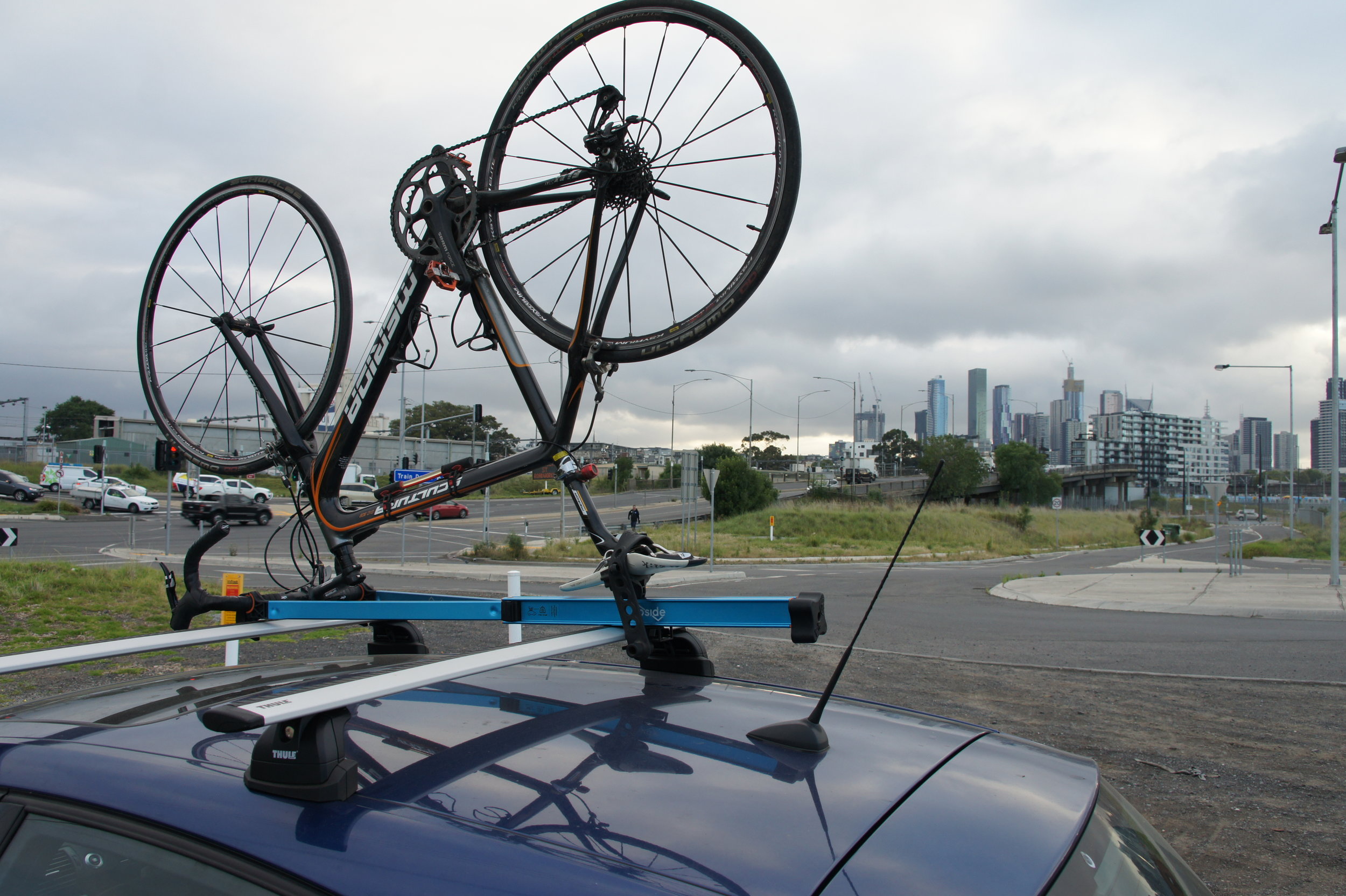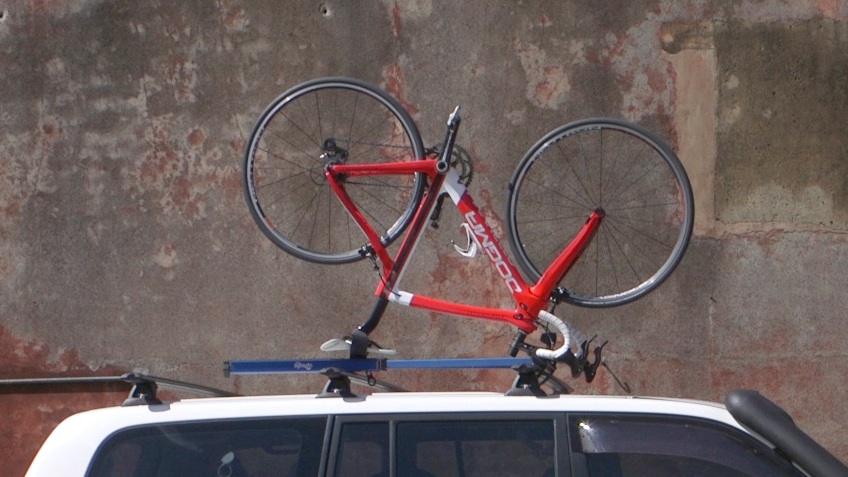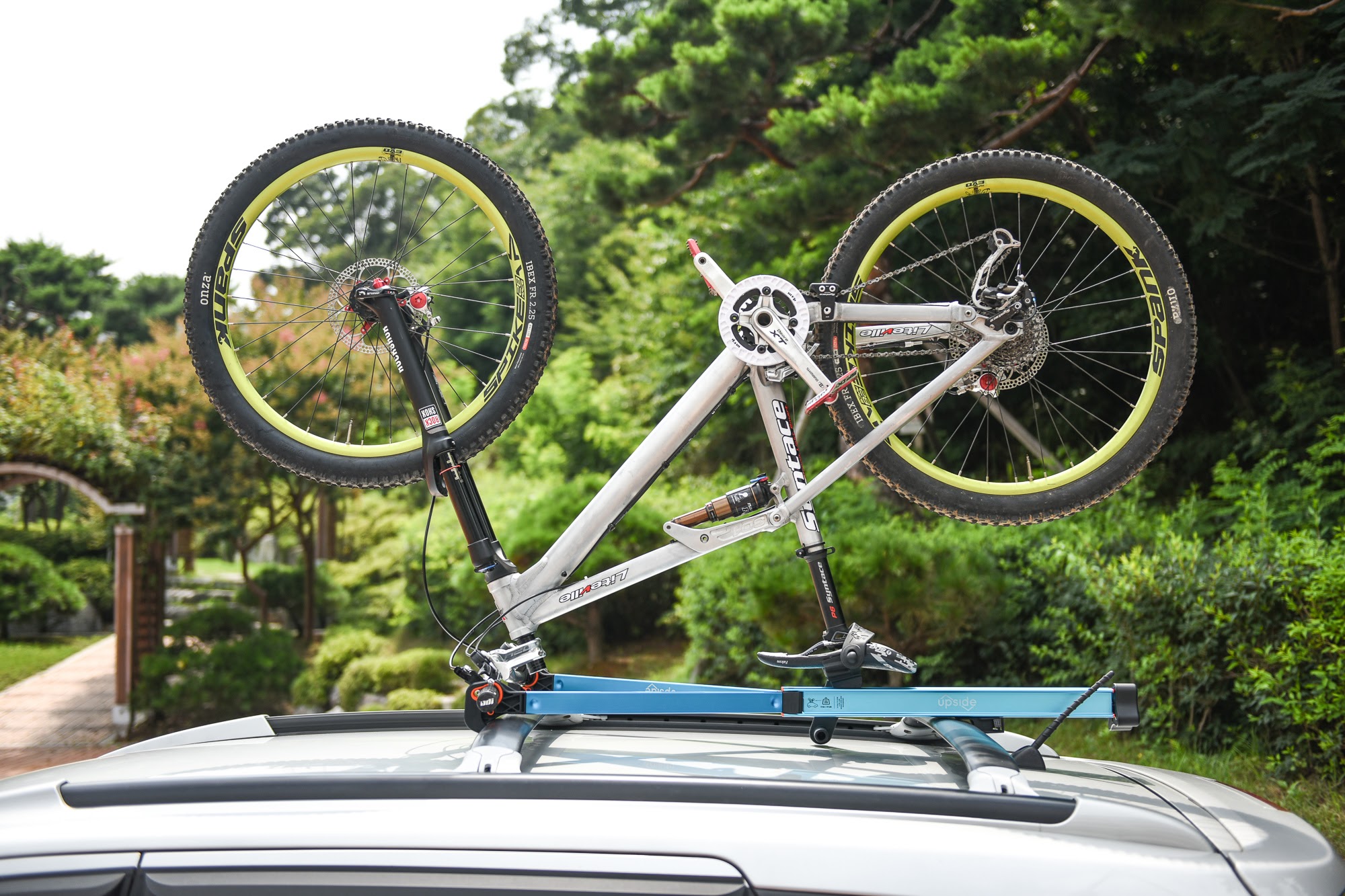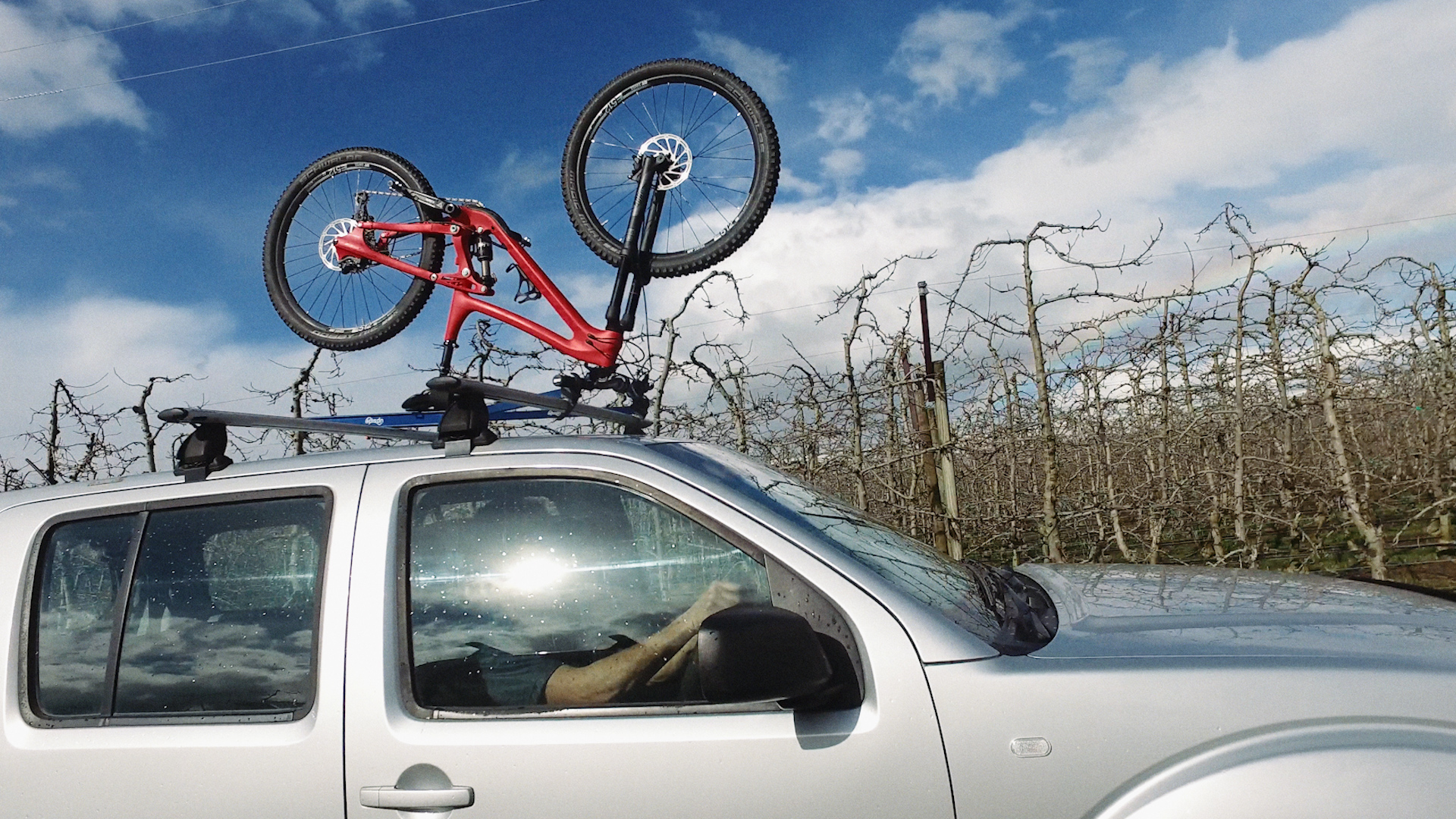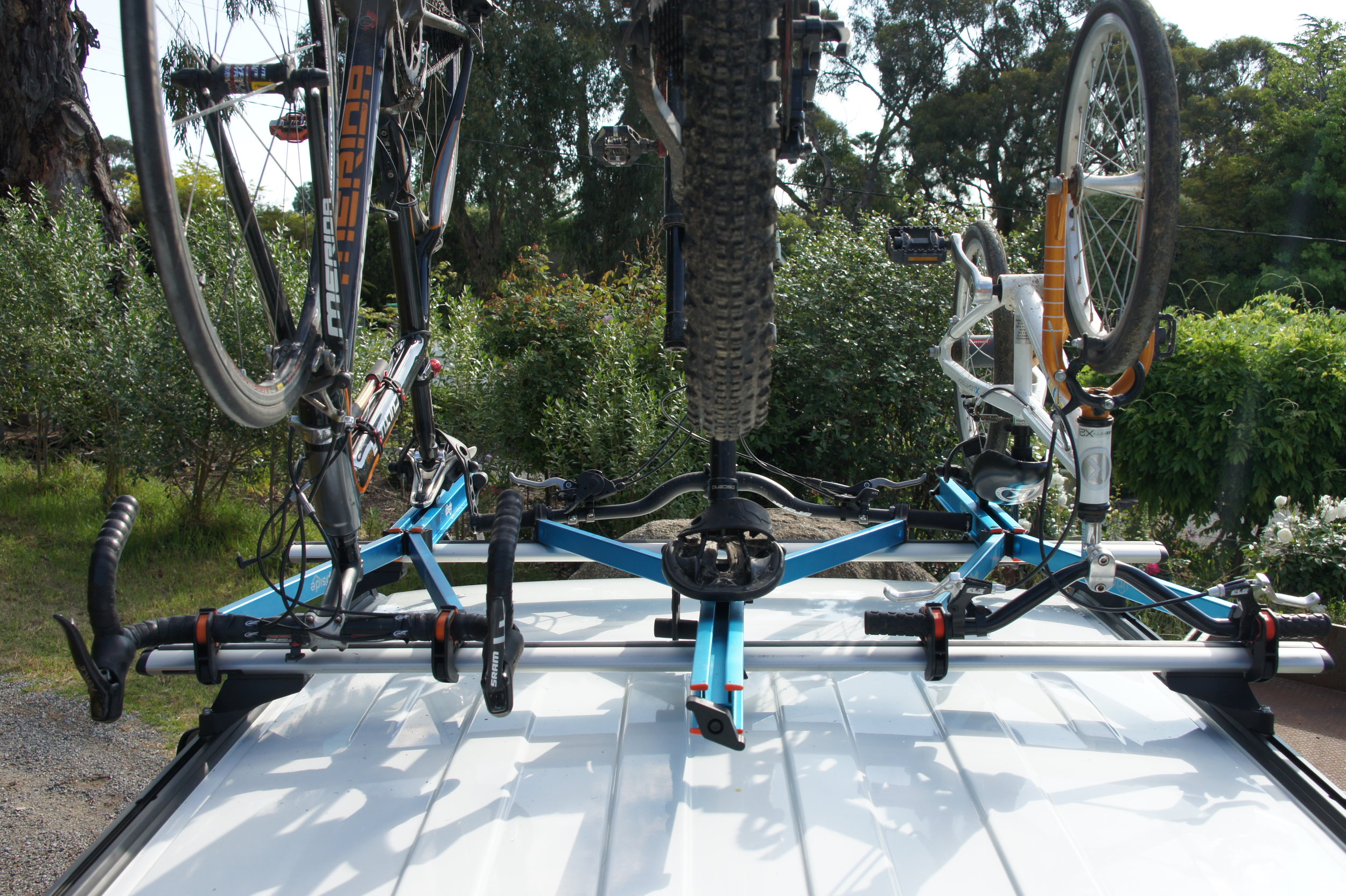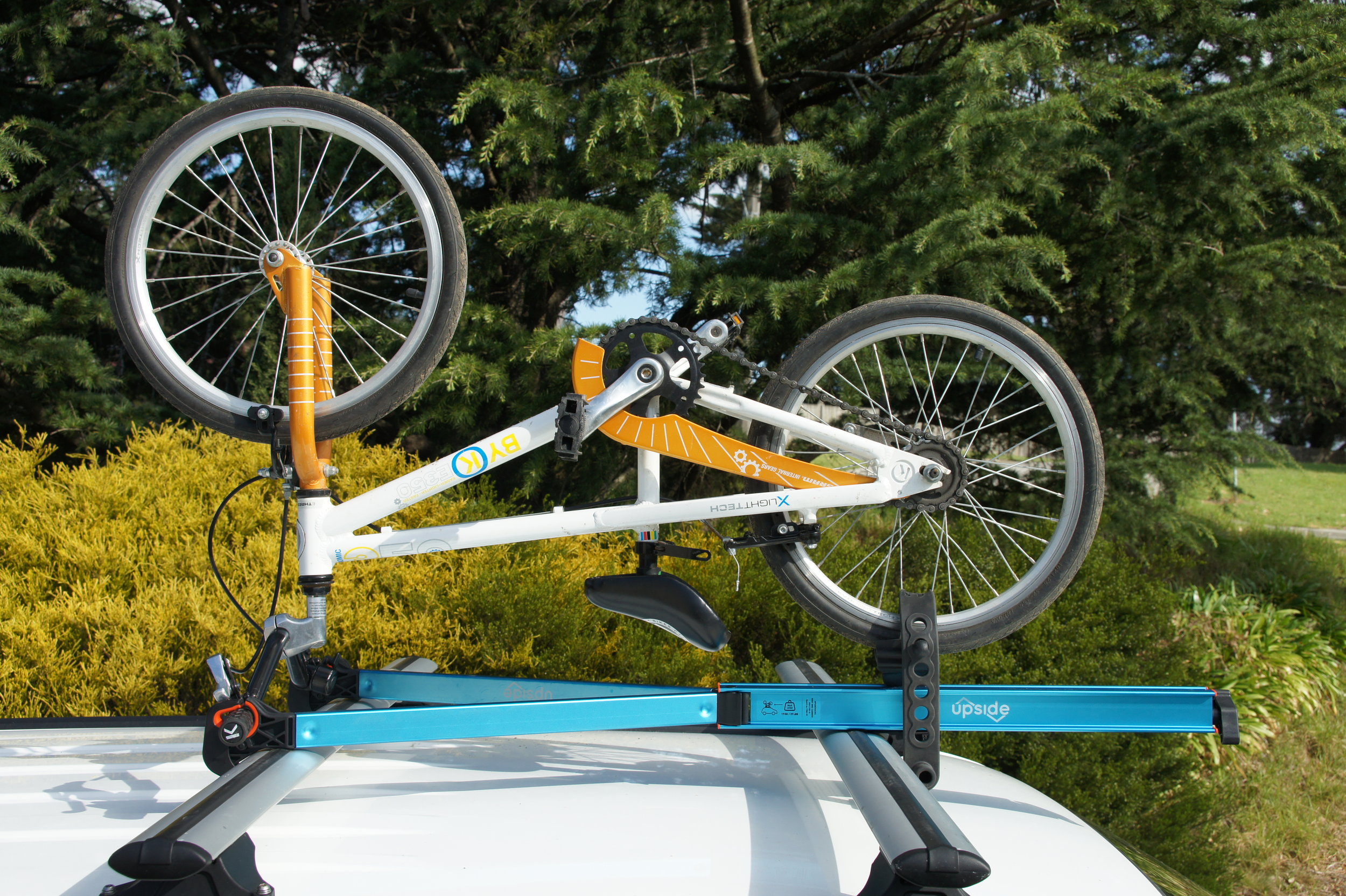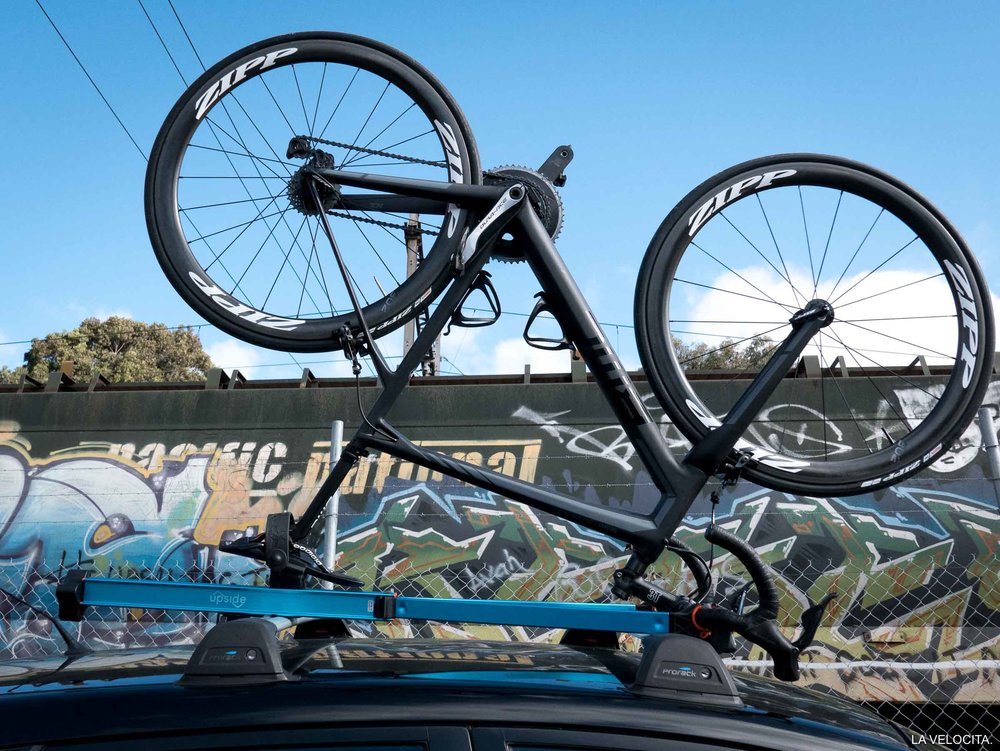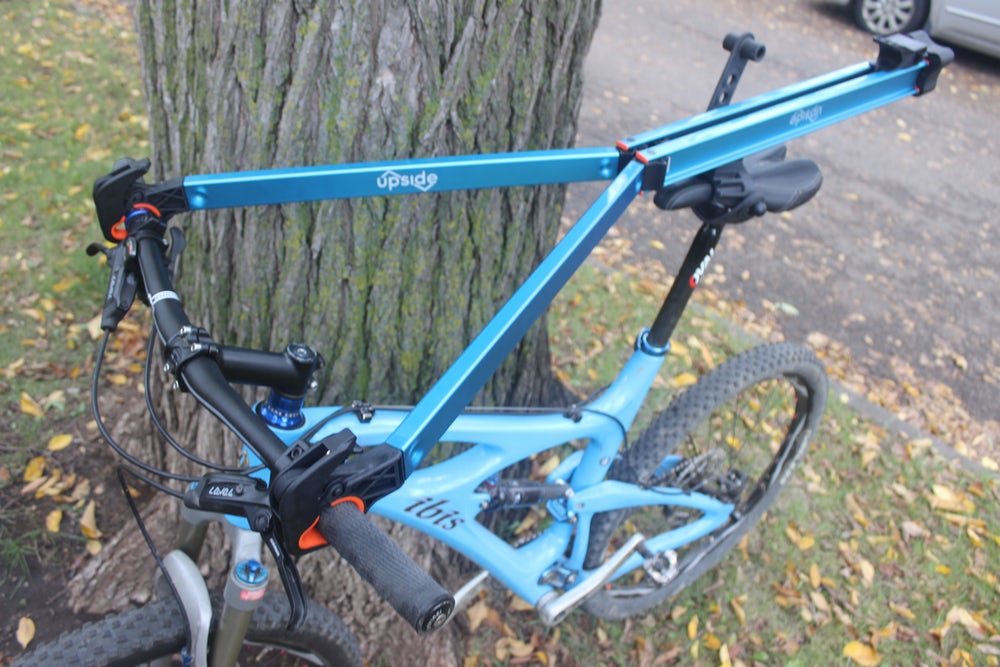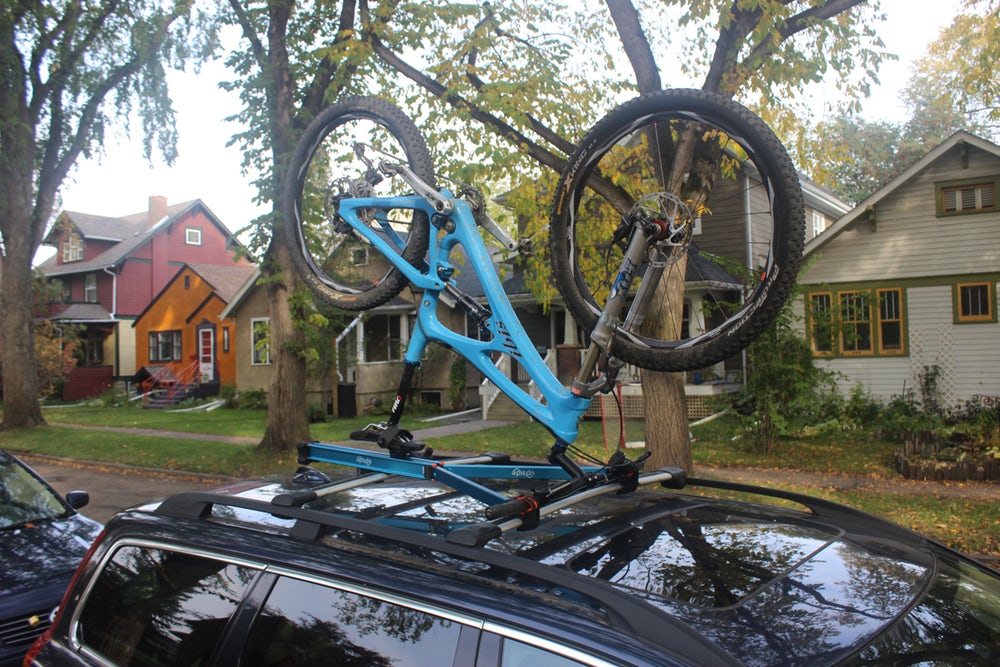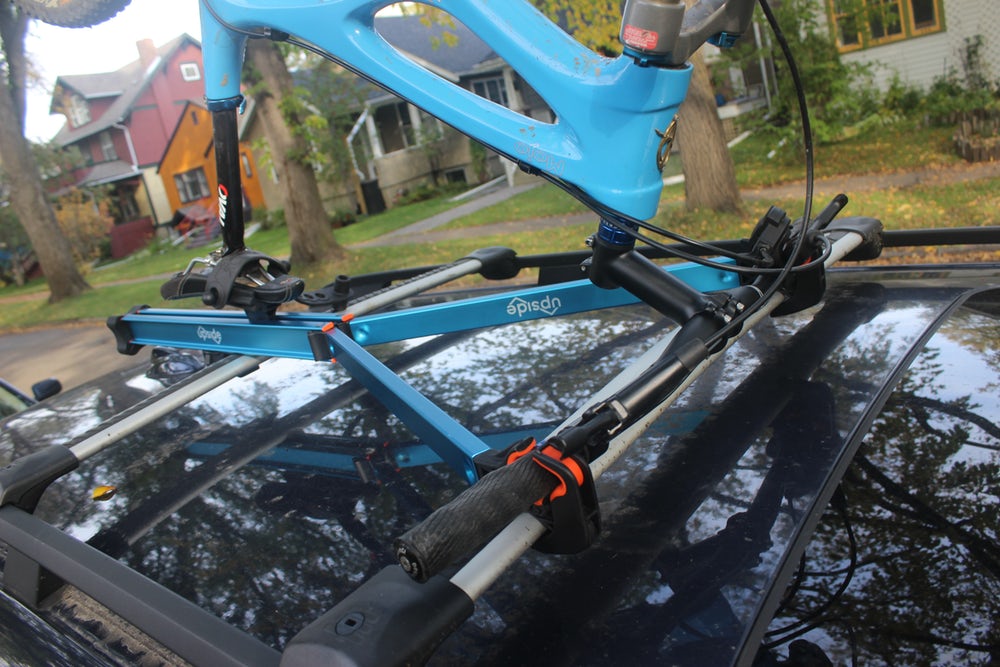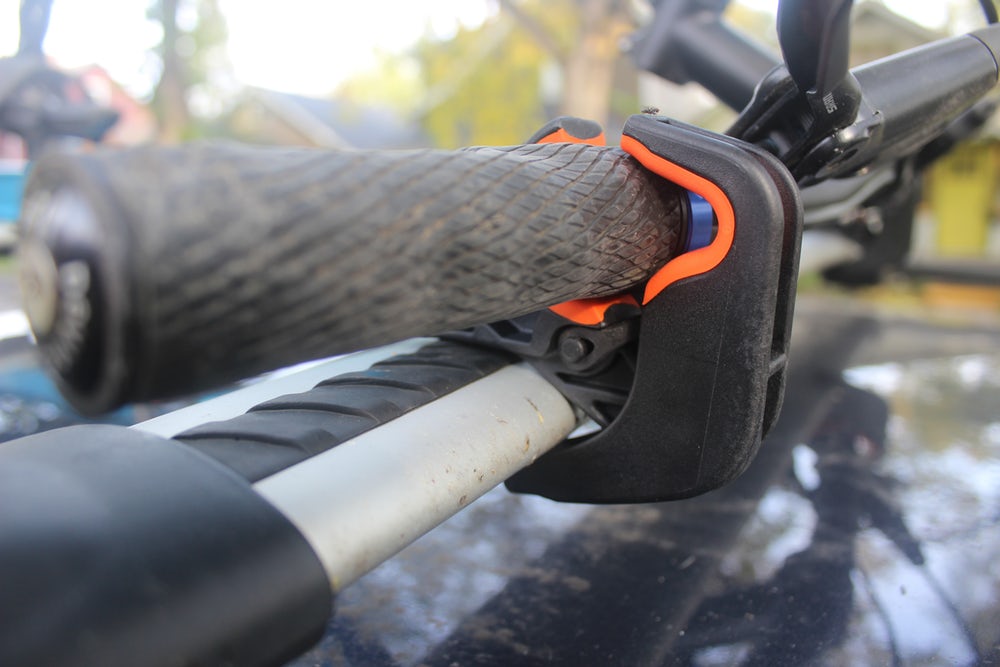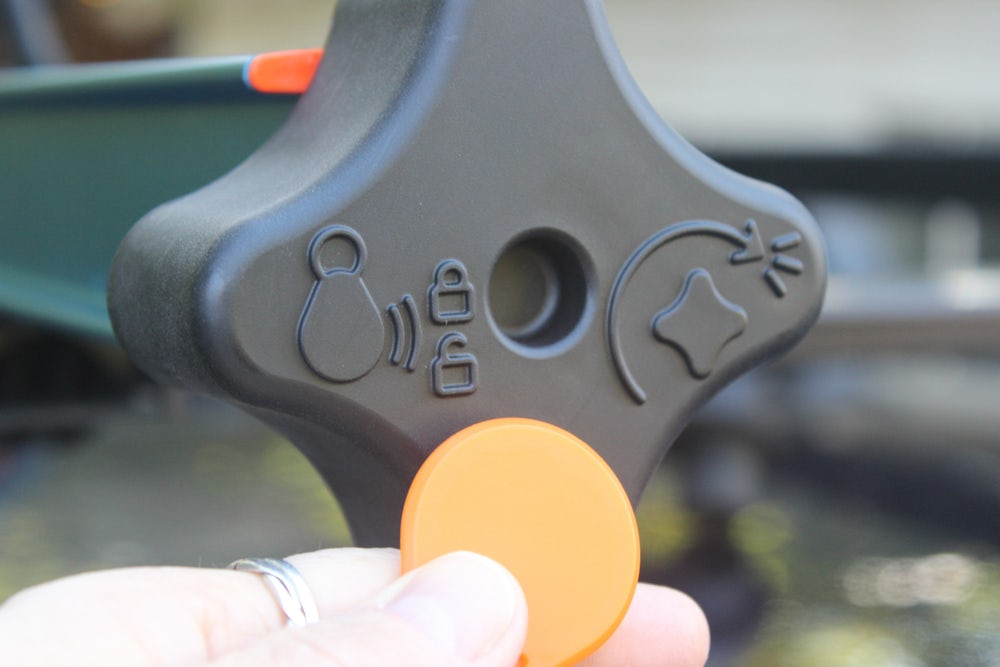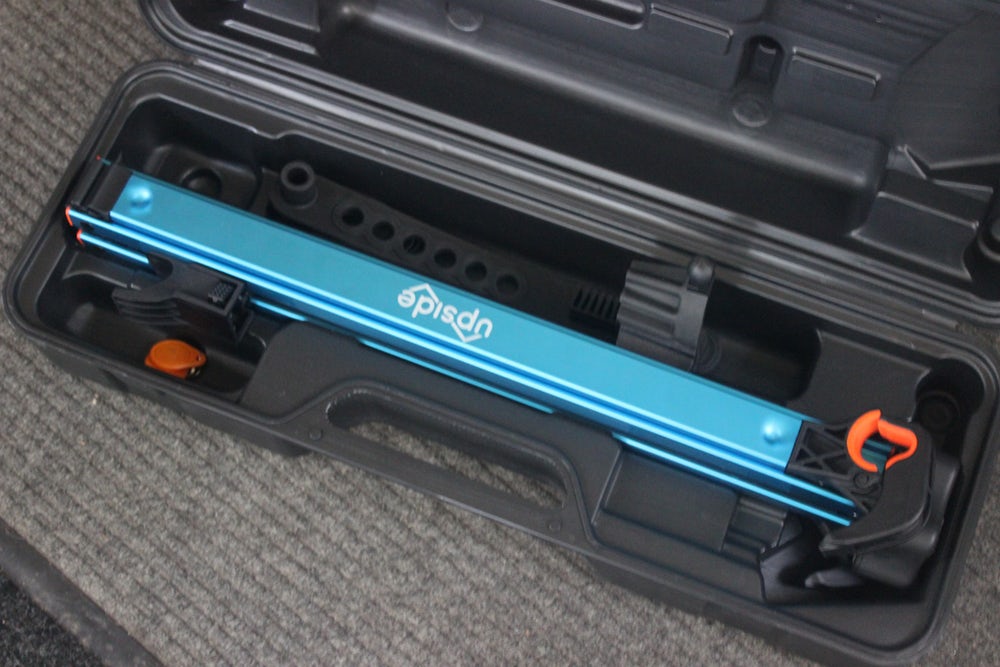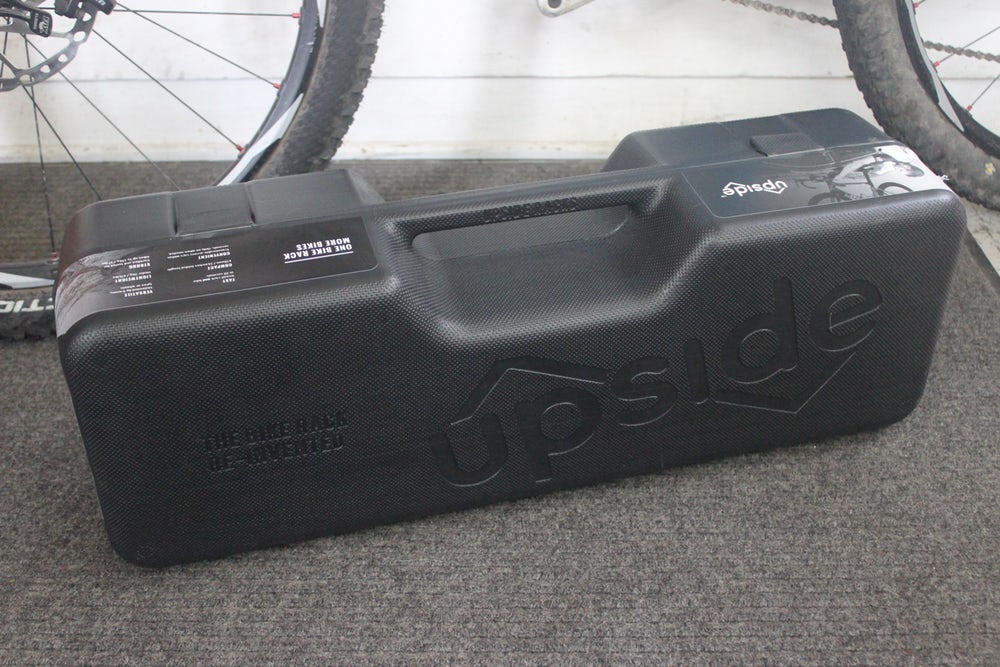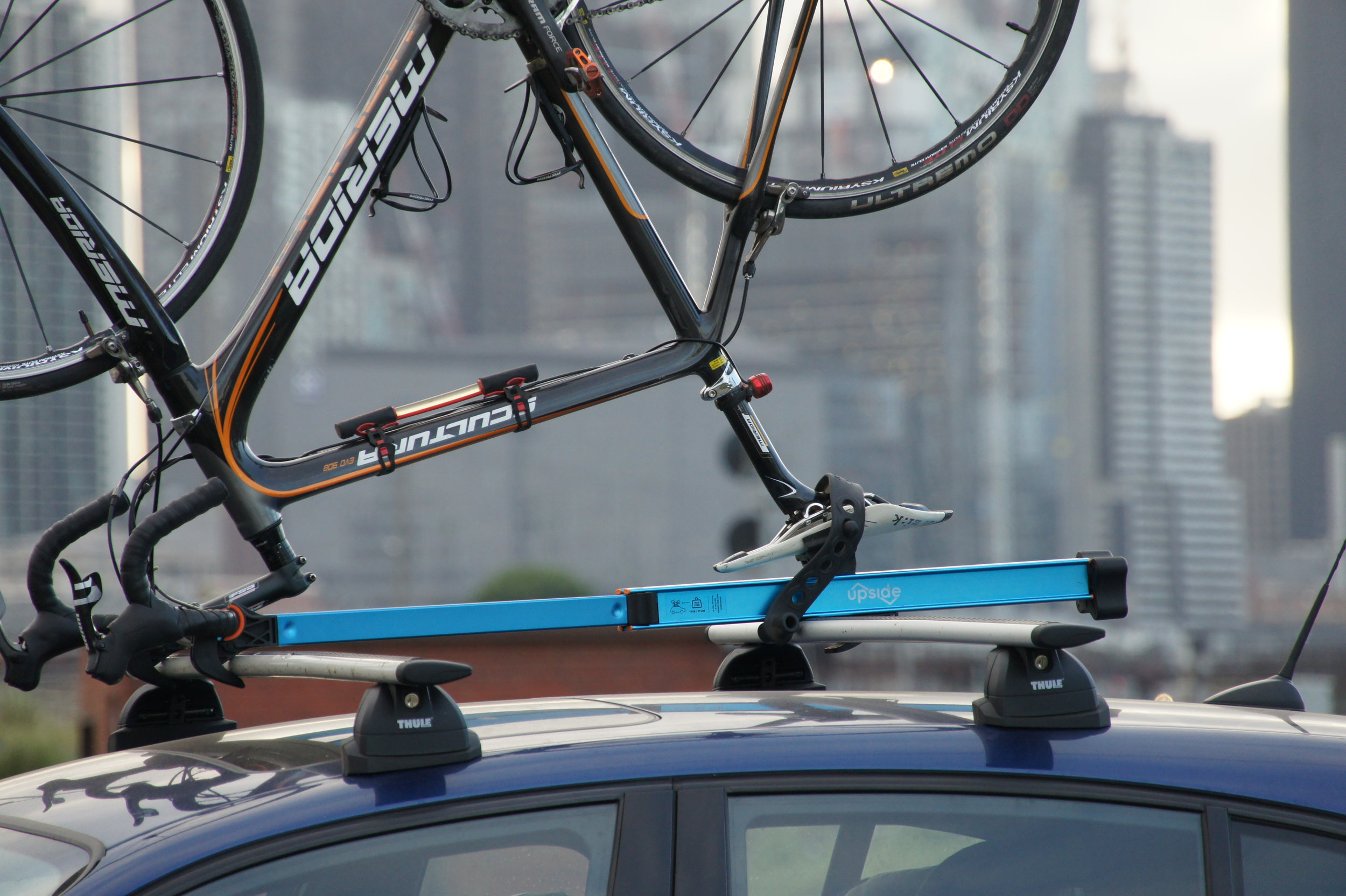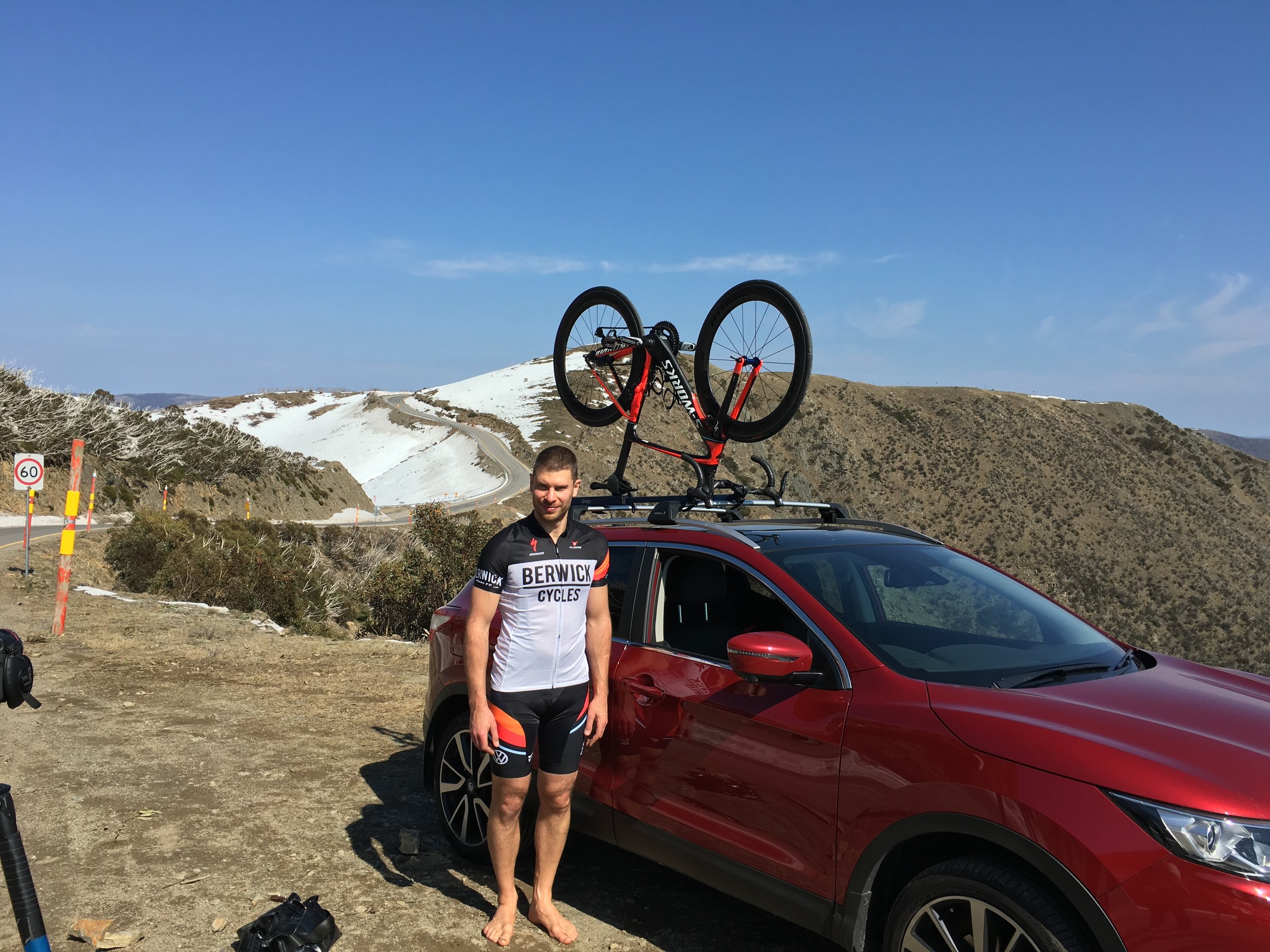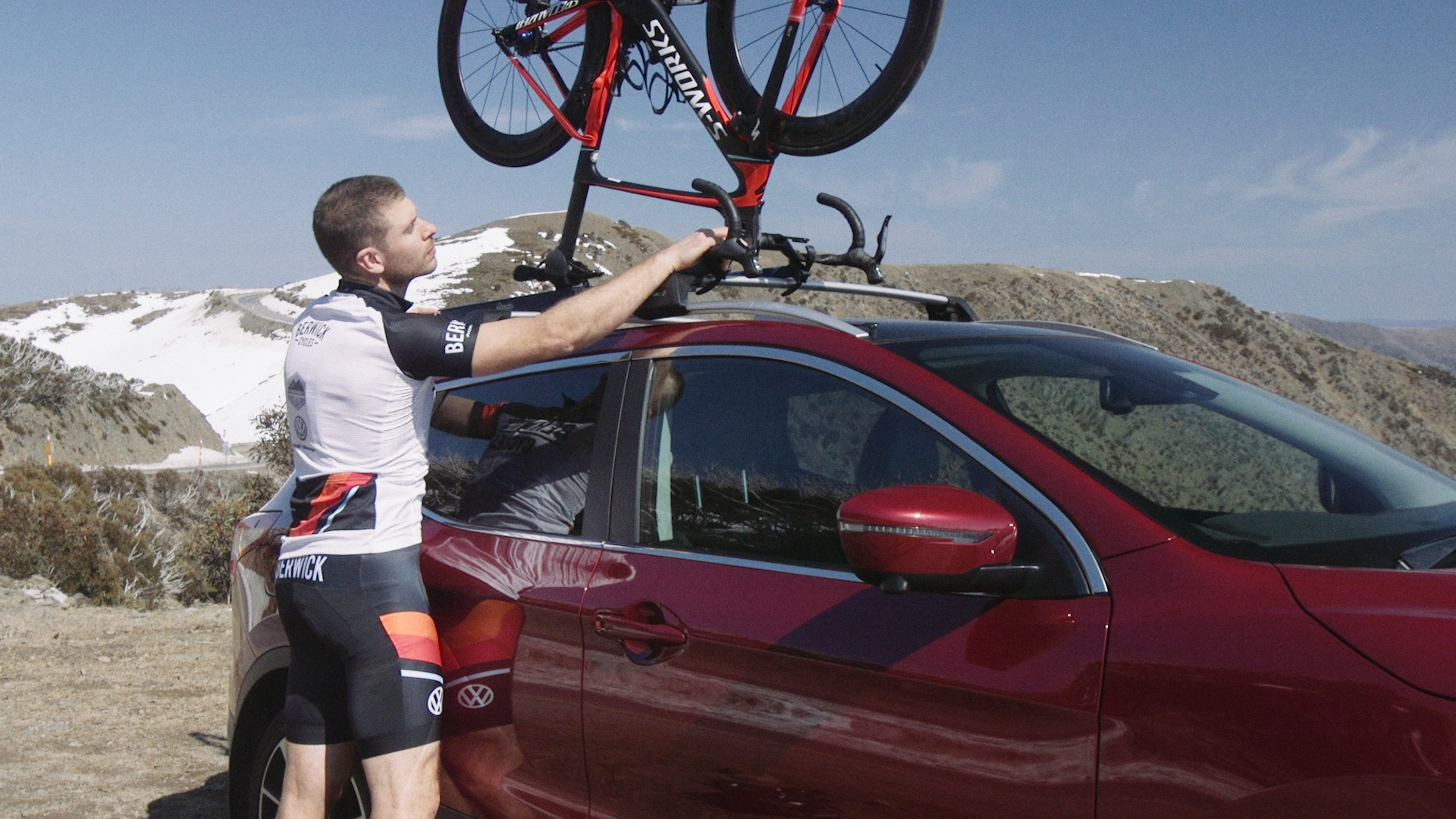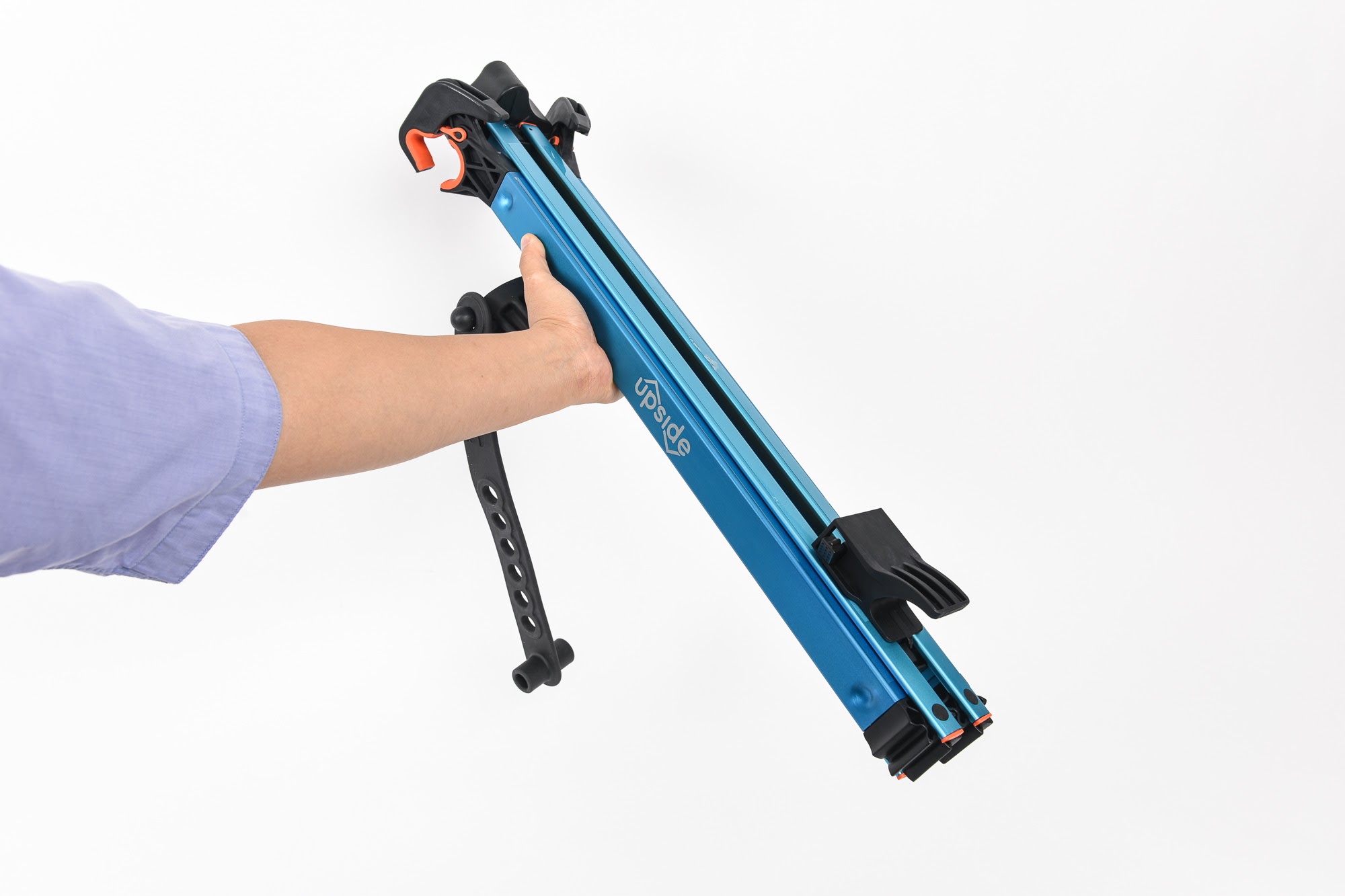Why our customers love going Upside
Most customers say it’s the convenience of not needing to leave the bike rack on their roof and the ease of transfer across cars. Roof racks can be used for skis one day, bike the next, a ladder the day after and then bike again. Additionally, one rack can be used on many cars in seconds.
Those riding thanks to Upside say…
“On so many levels it’s perfect. It’s light, easy to use, works on so many different bikes. I really admire the work that’s gone into this but more importantly, how simple and smart the rack is.”
“The only bike rack I’ve found that folds down to a size which is easy to store in the boot of my car. Set up is easy and the bike is held securely to the roof. A neat, compact solution.”
“I tried to shop around just to make sure, but I couldn’t find anything that compares to the upside rack. There seems to be nothing else like it. It’s in a league of its own.”
“Really easy to use and adjust. Very versatile. Car-pooling group rides at Derby are easy now with the Upside that can go on our friend’s cars and be used on different bikes which is very handy for shuttle runs.”
“I love how easy it is to throw my bike onto the car - no setup, no removing the wheel. I live in Santa Barbara, California. Your rack lets me throw my bike on the car, jump over to the base of Gibraltar, do my ride and then get about my day. Now, I don’t have any excuses!”
Press articles
LA VELOCITA
By Mike Boudrie
The Upside Rack basically throws out the rule book when it comes to bike racks. They have taken their huge chunks of professional experience from working with big automotive companies to think differently, innovate and come up with this new products.
In a sentence, the Upside Rack mounts to your bike's bars and saddle, you then flip your bike 'Upside' down onto the cross bars on your roof rack and secure.
I really like that you can swap the bike between cars in a matter of seconds, there's no need to have multiple racks on all your mates cars anymore.
Fitting the rack to the bike then placing the bike on the car can be done easily in 30 seconds, it's simple but so different.
Having a play with the Upside Rack last week was great, it's a well finished product that comes in a nice case that can handle carrying any other bits you need while on the move. The rack itself is lightweight, is fitted with a torque limiter to prevent over tightening, is lockable via an electronic lock and also includes a card to place on your car's air vents to remind you that your bike is up top together with tough rubber bands to hold your brakes on to stop the bike's wheels spinning while you are on the move.
New Atlas
by Ben Coxworth
It was a couple of years ago that Australian entrepreneurs Stefan Wrobel and Sean Stoney headed to Kickstarter with a rather clever device known as the Upside Rack, which allows cyclists to carry a wide variety of bicycles upside down on their car's existing roof rack. It's now in production, and we recently had a chance to put it to the test.
First of all, here's a quick rundown of the form it takes and the way it works.
When unfolded, the anodized-aluminum-bodied Upside Rack takes on a Y shape. There are two rubber-lined clamps at the top of the Y, with a rubber cradle sliding along one side of the Y's "stem," and a glass-filled nylon hook sliding along the other side. A tightening knob is located at the bottom of the Y's stem.
Starting with your bike standing right-side-up and on the ground, you begin by attaching the two clamps to the handlebars (it works with flat bars or drops), and then sliding the cradle forward and attaching it to the saddle using an integrated thick rubber strap. Mountain bikes with dropper posts should reportedly do fine, as the post will end up only supporting the weight of the bike, which is less than that of the rider.
The bike, with the Upside mounted on it, is then turned upside down and placed on the car's roof rack. The tops of the two handlebar clamps hook around one of that rack's crossbars, while the hook slides over to engage the other crossbar. The earlier-mentioned knob is then used to tighten that hook up against the bar – like the gas cap on your car, the knob starts ratcheting when the hook is sufficiently tight, keeping you from over-tightening it.
From there, you just drive to your destination, loosen off the hook, then take everything off and start riding.
So, why would you want to use the Upside? Well for one thing, it works with almost any type of non-recumbent bike weighing no more than 17 kg (37.5 lb) – there's no need to get adapters for different tire widths, axle types or frame designs. Triathlon bikes with very flat aerodynamic handlebars are about the only kind that it won't fit. Additionally, it can easily be transferred from vehicle to vehicle, plus multiple Upside-equipped bikes can be placed on one car's rack, sitting in alternating directions.
We found that it worked just as advertised, quickly and easily attaching first to the bike, and then to the roof rack. It should be noted, however, that the Upside is not recommended for use with racks that consist of two crossbars that are clamped onto the car's door sills – pressure exerted by the Upside could cause these to move toward one another if they're not properly tightened. Wind deflectors mounted on the front crossbar can also be problematic, as are crossbars that are thicker than 35 mm (1.4 inches).
Once we got going, we didn't have any problems with anything loosening, or with bikes flying off the car. The system has reportedly been thoroughly crash- and rough-road-tested, plus it meets the required safety standards.
On another interesting note, the test model that we received was equipped with an optional waterproof electronic locking system, which is said to be the first of its kind.
After the tightening knob starts ratcheting, the idea is that you place a finger or thumb against one section of the knob that contains a capacitive touch sensor. The knob will beep, telling you that the system has "woken up." You then place an included RFID fob against another part of it, causing an internal locking mechanism to disengage the knob from the threaded tightening rod – no matter how much a would-be bicycle-thief proceeds to turn that knob in an effort to loosen the Upside's hook from the crossbar, that hook won't move back. While that thief could release the saddle from its cradle, the handlebar clamps would still keep the bike secured to the rack (the wheels would be easy enough to steal, though).
When you want to unlock the system, you simply touch the fob to the knob again, reengaging everything. Each fob and its included spare is uniquely coded to its own Upside Rack, so users can't use their fob to unlock someone else's rack.
We found that while the locking system did indeed work, getting the sensor to detect a finger or thumb (or even the palm of a hand) frequently took several tries. Wrobel tells us that this is because in order to achieve the lock's claimed 10-year battery life, the touch sensitivity had to be dialled back somewhat. He adds that some early users have also noted the issue, but that they all ultimately got the hang of it. Apparently having oily, sweaty skin helps, so if you're oily and sweaty, you're set.
All told, we quite liked the Upside Rack – it's well-constructed, sturdy, lightweight (under 2 kg/4 lb), easy to use, and will get onlookers saying "Hey, your bike is upside down!". The basic version is available now for AUD$220 (about US$160), with the Electronic Lock model coming in at AUD$275 (US$199).
Bicycles Network Australia
By Christopher Jones
If you don’t have the space or patience to disassemble your bike and put it in the car, then a bike rack is the obvious alternative. You can use a bike carrier attached to the rear of the car; either heavy duty towbar mounted rack or lighter ‘boot’ bike rack that fastens to the car with straps and hooks. Or you can opt for a roof-rack system; either with a mounting arm that clamps to the bike frame or a fork mount which requires one wheel to be removed.
There is a broad choice, but this wasn’t enough for Stefan Wrobel who created the Upside Rack, a portable bike rack for the car which looks different, is competitively priced ($220 AUD) and in contrast to most bike roof racks, the bike is fastened upside-down.
BNA was offered a review though all of the reviewers in the team had to decline, (either we didn’t drive or our car didn’t have the right setup, more on this soon). I was still interested in this Australian designed cycling product, so in lieu of a review of the Upside Rack, I interviewed the founder Stefan Wrobel to find out what makes it special.
Christopher: There are plenty of bike racks on the market, what sets the Upside rack apart? Who is it for?
Stefan: Convenience and flexibility would probably be the easiest way to describe our key advantages. Every customer seems to have a different reason it suits them. All customers say it is easier to use which is particularly applicable to those with high cars and 4WDs. The key difference is that it is not semi-permanently attached to your roof, installs on different cars and bikes in seconds and doesn’t grab wheels or frames. It’s hard to nail down just one type of rider it’s for because we’ve found so many different reasons customers prefer it.
Christopher: To use the Upside rack, there are certain requirements, the vehicle already needs have roof rack which limits the audience. What were the considerations in the design phase with respect to these limitations and reason why a ‘more compatible’ roof rack was not created.
Stefan: I’ve always had roof racks for surfboards, ski’s, ladders and even stuff my wife see’s on the side of the road. I had bike carriers on and off over the years but the inconvenience of it meant I didn’t go on rides sometimes so I guess the design really grew from a selfish need to be able to use my roof racks for all my toys. I do have a few compatibility challenges but the design goal was to provide an easier, faster option.
Christopher: What are the key differences and advantages compared to the Thule ProRide and ThruRide roof mounted bike racks.
Stefan: The Upside Rack is currently compatible with the vast majority of roof racks on the market and to increase the compatibility, I would have needed additional mechanisms and features limiting the ease of use. I do have adaptors designed to increase the compatibility but these are a little way off market readiness.
Stefan: As the market leaders in most areas, Thule make a great products which I used for years. The biggest differences are ease of use and that the Upside Rack comes off between uses. When it comes to ease of use, even my father-in-law can’t use the Thule due to the height of his car but uses the Upside due to the ease of install.
Having the bike carrier off between uses reduces wind noise and fuel use as well as makes it very easy to use on multiple cars. I have roof racks on the family 4WD and on my little hatch so when I duck out for a ride I decide at the last minute which car I am taking. The last big advantage is that we don’t squeeze/clamp wheels or frames, a force which bikes were not designed to withstand.
Christopher: The Australian retail price of $220 is competitive against the retail price of the Thule racks though there are other brands and also different retail pricing in other countries. Is the Upside Rack competing on price or does it have a different appeal?
Stefan: We know our product costs significantly more to manufacture due to the quality of materials, component design and smaller manufacturing runs. At the same time we wanted to ensure we provided a price which was attractive enough to provide an alternative to the high quality brands out there. I understand it may take a bit to convince people to change from the “norm” so kept the price as low as possible.
Christopher: In the case where a customer has the right roof rack and a bike that can fit, are there circumstances in which you would recommend that the customer choose a different type of bike rack?
Stefan: Not at all. I’m quite transparent with our limitations as there are two key customers we don’t currently suit. Those with super wide aero bars or tri-bars and those with cross-rails that attached to the car with clamps under the door frame. We have adaptors designed which make both of these work but they are not in production yet so until then, these are the only customers I recommend look elsewhere. I would add heavy electric bikes to the list. Although we have crash tested bikes well over our 17kg rating, to cover all fitment scenarios and until we can repeat expensive international testing we currently limit to the industry standard of 17kg.
Christopher: A version of the rack with an electronic lock is available – are there other variations or products which we can expect to see in the near future?
Stefan: I hope so. I love the design and development part of my work so spend far too much time developing products and not enough time on the business. I have three other rack concepts in varying stages of development which one day may see the light of production but for now I am focussing on the Upside Rack.
Christopher: You make a point that the UpsideRack is manufactured in Europe and not Australia or China. Is this important?
Stefan: I am from the collapsed Australian Auto industry here in Melbourne and had hoped to fully manufacture here as a way to help rebuild what was once a great part of our workforce. I was able to find manufacturing for half our parts locally however local manufacturers were unable to meet the specifications for some of our components. I do some final assembly as well as dispatch from Australia and hope to one day either bring production here or setup future products to be made locally.
We found a fantastic European manufacturer who also produce for some of the highest quality products in the world like BMW. They not only met my high expectations but also helped us step up to even higher levels of quality with their own ideas, checks and processes. The cost is higher than other parts of the world but we don’t have warranty costs due to quality to worry about which makes up for it.


